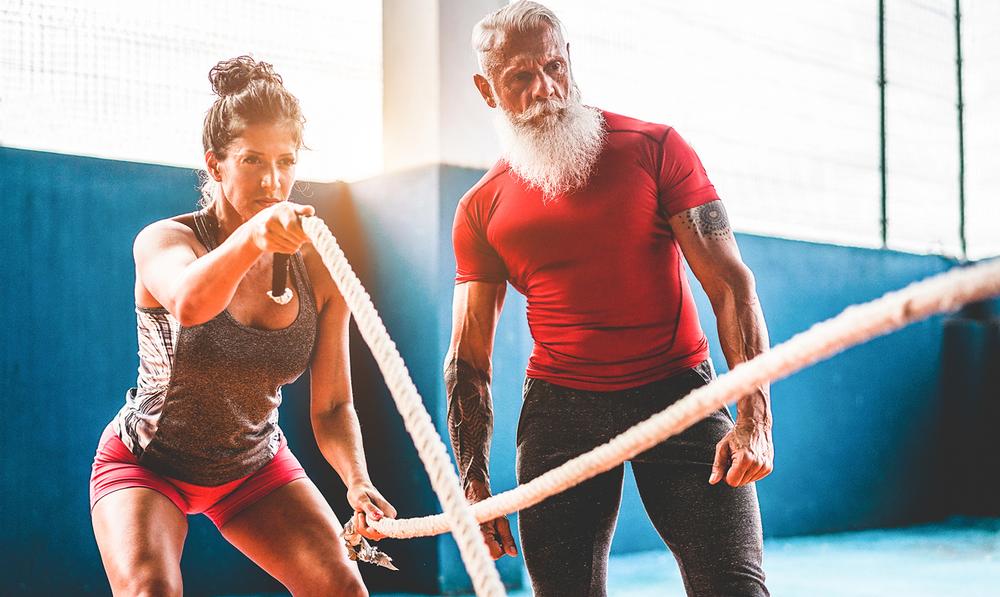For the US health and fitness industry, 2020 was a year framed by the unrelenting, random and often exponential growth of COVID-19, and the spillover of disruption and destruction this has caused for fitness operators, employees, and members.
The pandemic has wreaked havoc on the fabric of the industry and since March 2020, national and local governments have mandated one or more rounds of temporary facility closures, with some as short as 60 days and others lasting six months or more.
For some US operators, these closures resulted in Chapter 11 bankruptcy filings and/or permanent business closure. By some estimates, 20 per cent or more of US health and fitness businesses met extinction in 2020 due to COVID-19.
However, it’s the consumer who is the ultimate arbiter of our industry’s survival and as a result, it behoves us as operators to dive down and understand how COVID-19 is influencing member behaviour and perceptions with respect to their fitness journey and their return to the gym in the US.
Understanding the member journey
In June 2020, ClubIntel launched a longitudinal study of the member journey. The initial study explored the behaviours, experiences, and sentiments of 2,000 members over the age of 18, balanced by gender, generation, and geographic region within the US.
The results of that study were released earlier this year in a report entitled What Members Say Matters. In early November, ClubIntel launched a second survey of these same members that explored how the attitudes, behaviours, sentiments, and perceptions of this member population had changed since the earlier survey.
The goal of these two surveys was to garner a greater understanding of the member journey and how it might frame the types of changes fitness operators need to consider if they want to prevail and succeed in this era of COVID-19.
This article will begin by highlighting some of the key findings from the study, then offer some thoughts on what they mean for the industry going forward.
At the time this article was written a vaccine was rolling out in the US and UK. The roll-out will take at least a year. During that time, other steps will continue to be taken by communities to stem the tide of COVID-19.
Fitness operators will still be touched by government restrictions and low consumer confidence around the safety of returning to a fitness facility. As a result, understanding the dynamics of the member journey can help operators reframe their business approach and hopefully enhance their survival rate. In the end, it’s not just about dancing in the rain, but being the best dancer in the rain.
Those who seek a more in-depth look into the information and insights are welcome to visit the ClubIntel website at www.club-intel.com and download a complimentary copy of the full report.

























































